Suspension Symptom Checker
Select the symptoms you're experiencing to identify which suspension components may need attention. Based on your selection, the tool will recommend which parts to inspect.
Recommended Inspection
When you talk about Suspension the system of springs, dampers, and linkages that connects a vehicle’s wheels to its frame, you’re looking at the hidden network that keeps your ride smooth, stable, and safe. Most drivers think of it as just the “shocks” that absorb bumps, but a modern suspension is a collection of inter‑working parts, each with a clear job. Understanding what’s inside helps you spot wear, pick the right replacement, or even upgrade for better handling.
Core Parts of a Suspension System
Let’s break down the main suspension components you’ll find on most passenger cars:
- Shock absorber a hydraulic or gas‑filled device that dampens spring oscillations
- Strut a structural member that combines a shock absorber with a coil spring and provides a mounting point for the wheel hub
- Coil spring a helical steel spring that supports vehicle weight and determines ride height
- Leaf spring a stack of steel strips that act as both spring and load‑bearing member, common on trucks and older models
- Control arm the pivoting link that connects the wheel hub to the vehicle chassis
- Sway bar also called anti‑roll bar; it reduces body roll during cornering
- Bushings rubber or polyurethane sleeves that isolate vibration and allow controlled movement between metal parts
- Ball joint a spherical bearing that lets the steering knuckle rotate while handling loads
How the Pieces Work Together
Imagine the suspension as a tiny orchestra. The coil spring (or leaf spring) provides the primary support, holding up the car’s weight. When a wheel hits a bump, the spring compresses, and the energy wants to bounce back. That’s where the shock absorber steps in, converting kinetic energy into heat via hydraulic fluid, preventing the car from hopping like a rabbit.
In a strut‑based front end, the spring and damper live inside a single tube, and the top of the strut bolts directly to the chassis. This saves space and adds rigidity, which is why most modern sedans and crossovers favor struts up front. Rear suspensions often keep the spring and shock separate, attaching each to a control arm that pivots around a ball joint.
The sway bar links the left and right sides of the suspension. When you corner, the body wants to roll outward; the sway bar twists, pulling the opposite wheel upward and reducing that roll. Finally, bushings cushion the metal‑to‑metal contacts, letting parts move smoothly while keeping road noise and harshness at bay.
Leaf Springs vs. Coil Springs: When Does Each Appear?
Older trucks, some SUVs, and a few classic cars still use leaf spring setups. Leaf springs are simple, strong, and can handle heavy payloads without extra mounting hardware. However, they’re heavier and provide a stiffer ride than modern coil springs. If you haul equipment, a leaf‑spring rear is a practical choice; if you crave comfort, coil springs win hands down.
Coil springs come in three main styles: standard (mounted on the top of the shock or strut), progressive (varying coil rates for a softer start and firmer end), and air‑assisted (a coil with an integrated air chamber for adjustable ride height). Progressive and air‑assist designs let you dial in a softer daily drive while keeping the suspension firm under hard acceleration or loading.
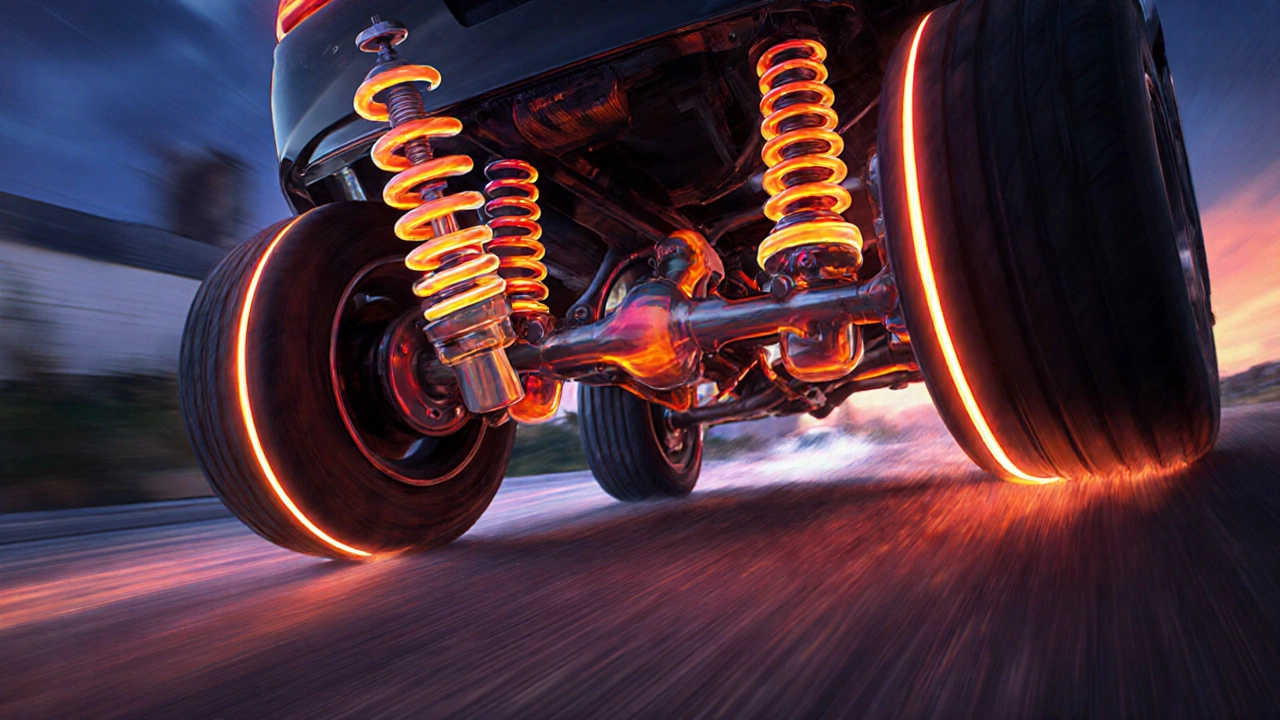
Shock Absorber vs. Strut: What’s the Real Difference?
A strut is essentially a shock absorber with an integrated structural mount. In a strut assembly, the top of the unit bolts directly to the vehicle’s frame, bearing both the damping load and the suspension’s geometry. Because struts serve a dual purpose, they are usually cheaper to produce and take up less space.
Stand‑alone shock absorbers, on the other hand, are purely dampers. They attach to a separate spring (coil or leaf) via a spring perch or a separate mount. This separation gives engineers more flexibility to tune ride and handling independently, which is why performance cars and many rear suspensions still prefer the shock‑plus‑spring combo.
Maintenance Signs: When Parts Need Attention
- Excessive bouncing after a bump usually points to worn shock absorbers or struts.
- Uneven tire wear can be caused by sagging springs, broken control arms, or worn ball joints.
- Clunking or squeaking during cornering often means a loose sway bar link or deteriorated bushings.
- Vehicle pulling to one side may indicate a failing steering component, such as a ball joint or control arm bushings.
- Visible oil leakage on a shock absorber or strut signals internal seal failure.
Spotting these symptoms early can save you from costly repairs, especially because many suspension parts share mounting points. Replacing a single bad bushing can prevent premature wear on the control arm or ball joint.
Choosing the Right Replacement or Upgrade
When it’s time for new parts, consider three factors: vehicle usage, budget, and performance goals.
- Usage: Daily commuters benefit from OEM‑spec coil springs and standard dampers. Off‑road rigs may need heavy‑duty leaf springs and high‑stroke shocks.
- Budget: Cheap aftermarket shocks can feel soft but may wear out quickly. Mid‑range monotube shocks often offer a good balance of durability and performance.
- Performance: If you want sharper handling, look for adjustable coilovers (which combine a strut and spring with height and damping adjustments) or performance sway bars with larger diameter.
Don’t forget to match spring rates to shock specifications. Pairing a stiff spring with a low‑damping shock leads to a harsh ride, while a soft spring on a high‑damping shock can feel like driving on a pogo stick.
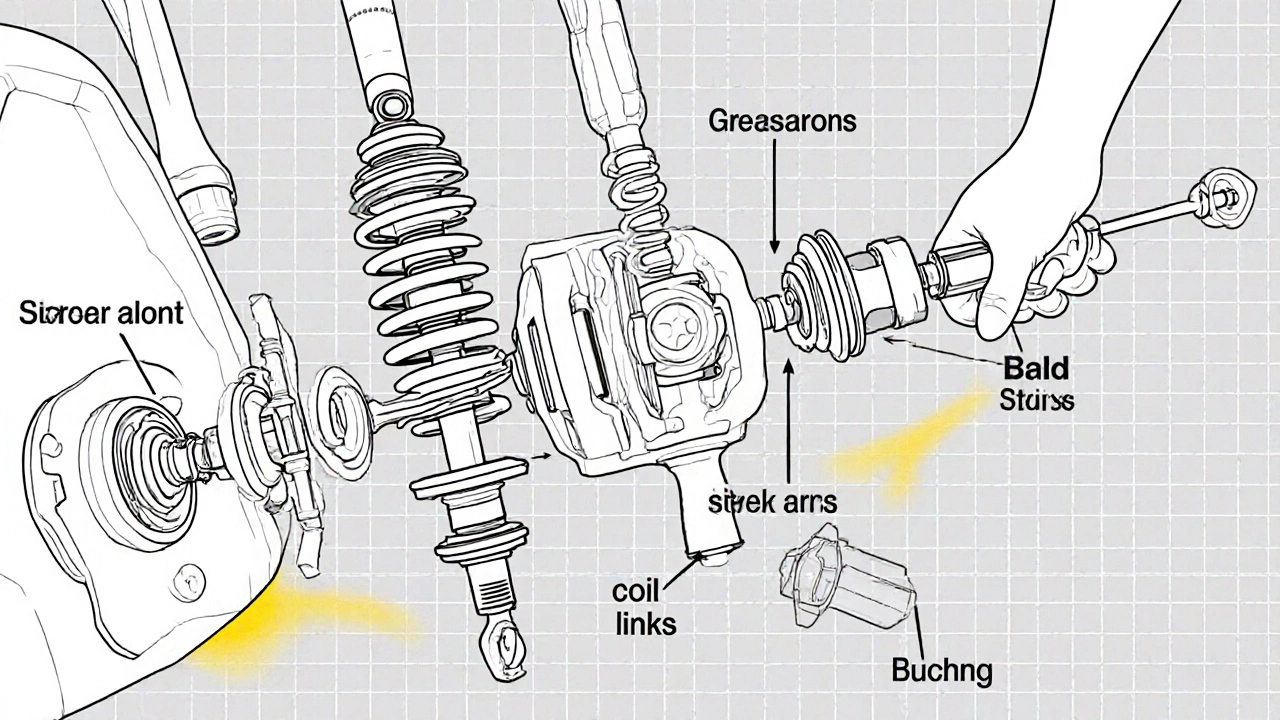
Quick Reference Checklist
- Verify spring type (coil vs. leaf) and condition.
- Inspect shock/strut for leaks, noise, and bounce.
- Check control arm bushings for cracks or compression set.
- Ensure sway bar links are tight and free of play.
- Look at ball joints for excess play in both vertical and horizontal directions.
- Confirm mounting bolts are torqued to manufacturer specs.
Running through this list during a routine service will keep your suspension healthy and your ride comfortable.
Component Comparison Table
| Component | Primary Function | Typical Location | Common Materials |
|---|---|---|---|
| Shock absorber | Damps spring oscillations | Mounted between spring perch and control arm | Steel tube, hydraulic fluid, nitrogen gas |
| Strut | Combines damping and structural support | Front wheel hub, bolts to chassis | Steel, aluminum, hydraulic fluid |
| Coil spring | Supports vehicle weight, sets ride height | Coils around shock or strut | High‑carbon steel, sometimes chrome‑plated |
Frequently Asked Questions
What does a suspension actually do?
It isolates the vehicle’s body from road irregularities, maintains tire contact, and controls body movements like roll, pitch, and dive, all while supporting the car’s weight.
Are shocks and struts interchangeable?
No. A strut is a structural component that also functions as a damper, while a shock is just a damper that relies on a separate spring and mounting points.
How long should a shock absorber last?
Typical service life is 50,000‑100,000 miles, but severe driving conditions (off‑road, heavy loads) can halve that.
Can I replace coil springs with leaf springs?
Only if the vehicle’s chassis is engineered for leaf springs. Swapping requires new mounts, brackets, and often a different suspension geometry.
What are the signs of worn bushings?
Clunking noises over bumps, loose steering feel, and visible cracking or extrusion of the rubber material.
Is an anti‑roll bar necessary for everyday driving?
While you can drive without one, the sway bar significantly improves cornering stability and reduces body roll, making daily driving safer and more comfortable.
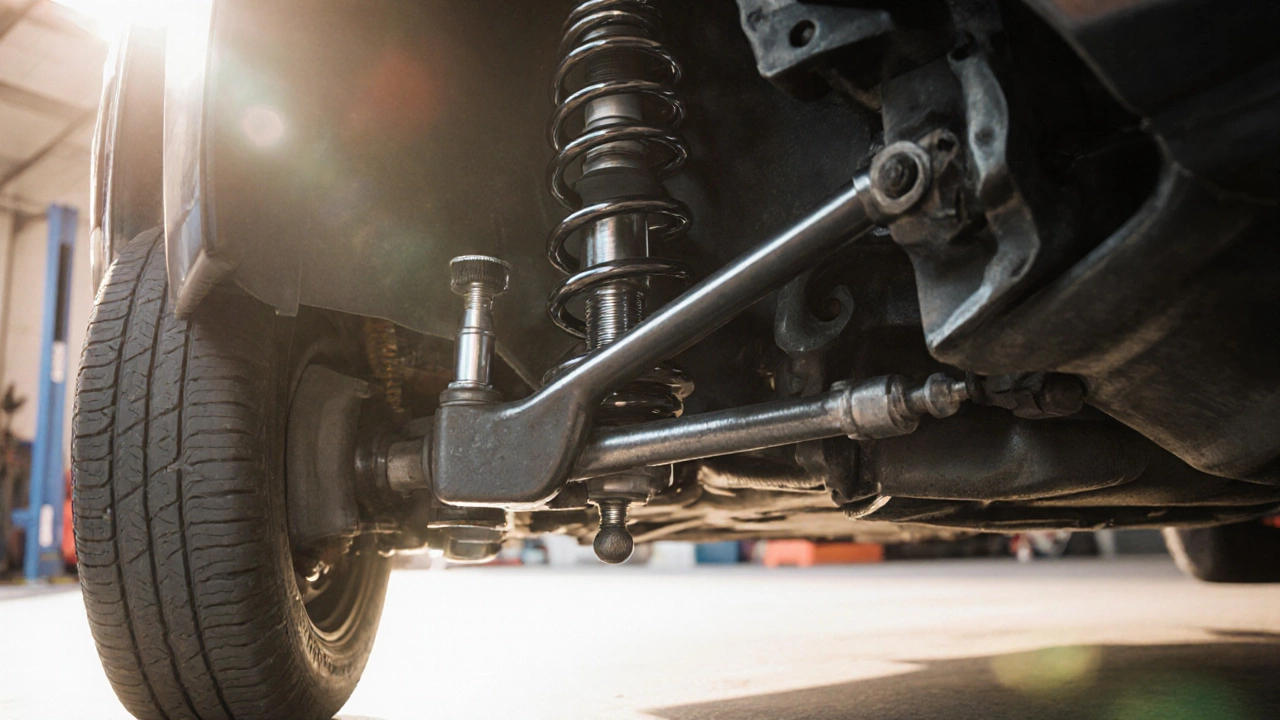
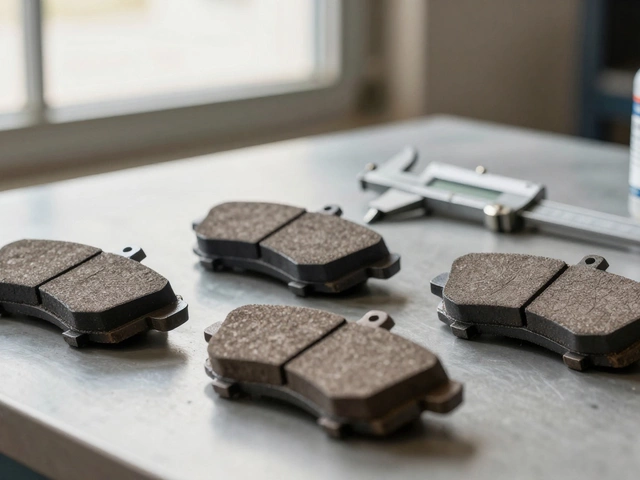
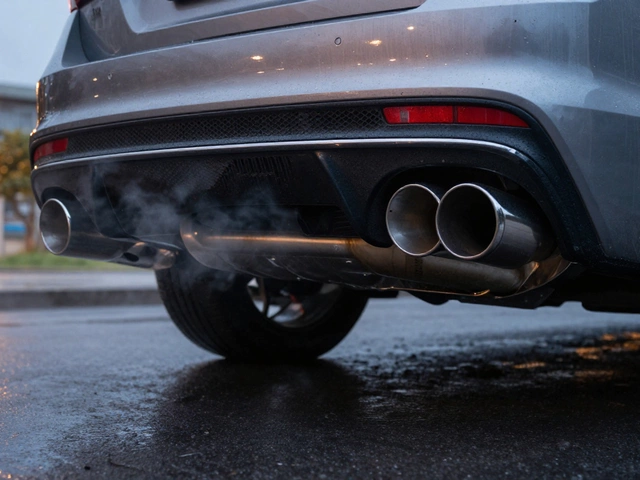

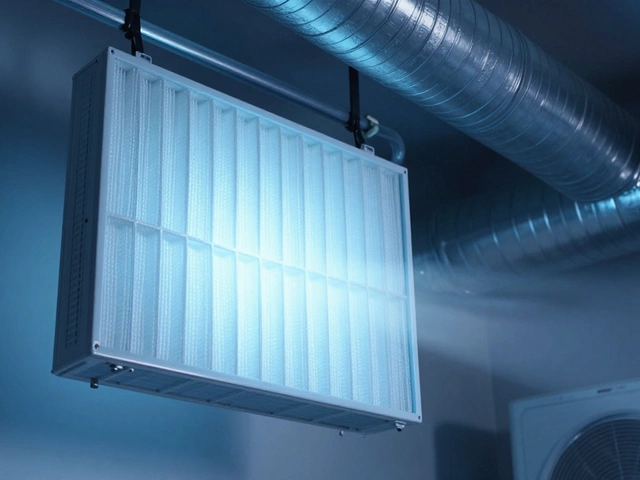
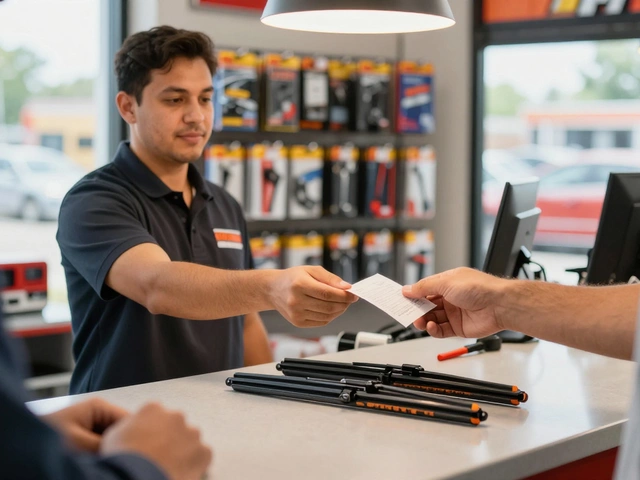
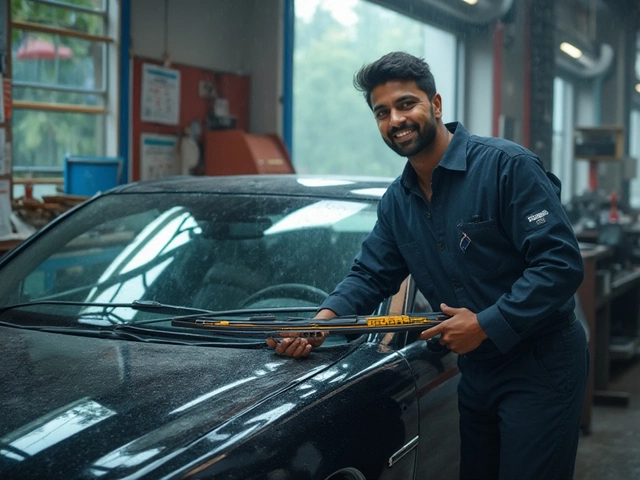
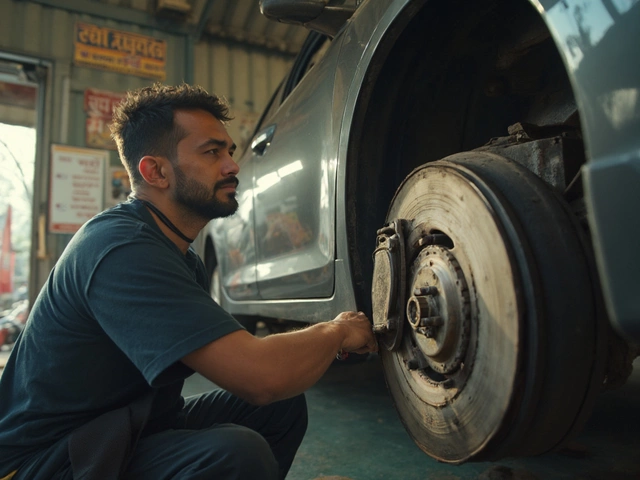

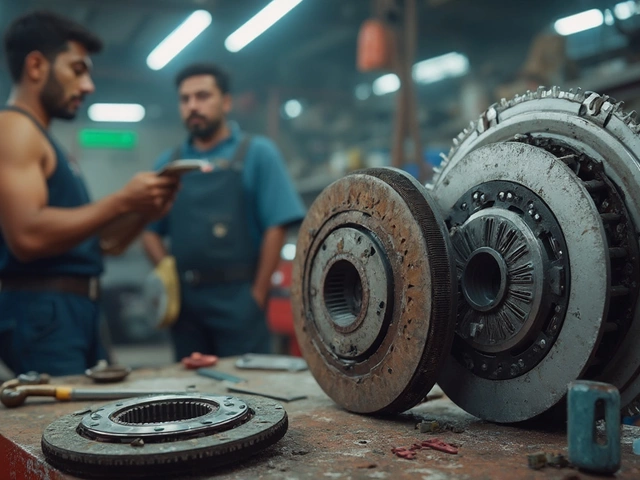
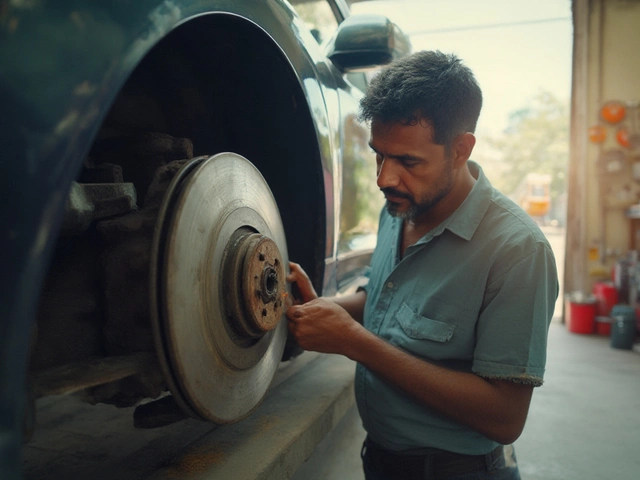
Write a comment